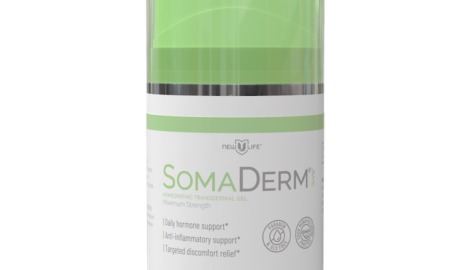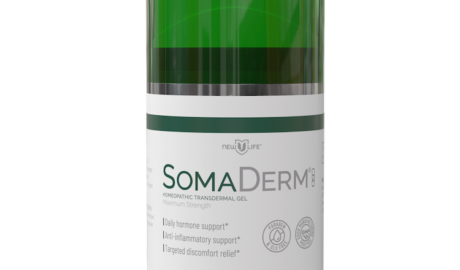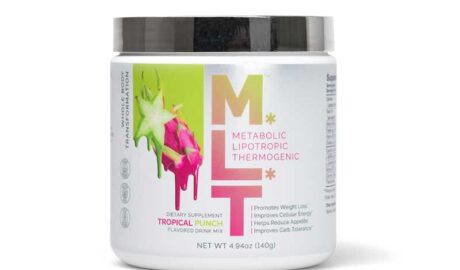In this article
- AAPL
Follow your favorite stocksCREATE FREE ACCOUNTTim Cook, chief executive officer of Apple Inc., during an event at Apple Park campus in Cupertino, California, US, on Monday, Sept. 9, 2024. Apple Inc. unveiled a new version of its smartwatch with a bigger screen and the ability to detect sleep apnea, part of an event Monday that will also include the iPhone 16 smartphone. Photographer: David Paul Morris/Bloomberg via Getty ImagesBloomberg | Bloomberg | Getty Images
The U.S. Food and Drug Administration on Monday cleared Apple’s new sleep apnea detection feature for use, and it is now available to Apple Watch Series 9, Series 10 and Ultra 2 users through a software update.
Sleep apnea is a sleep disorder that causes a person’s breathing to repeatedly stop and start throughout the night. The condition affects more than 30 million people in the U.S., but only around 6 million are diagnosed, according to the American Medical Association. If it goes untreated, sleep apnea can cause fatigue and lead to more serious health issues like heart problems, hypertension and Type 2 diabetes.
“We are so excited about the incredible impact this feature can make for the millions of people living with undiagnosed sleep apnea,” Dr. Sumbul Desai, vice president of health at Apple, said in the feature’s launch video.
Apple’s sleep apnea detection feature marks the company’s latest attempt to position its wearables as a cheaper, simpler alternative to many existing health-care tests and devices. And the sleep disorder market could prove to be lucrative.
To get evaluated for sleep apnea, for instance, patients typically participate in an at-home test or an in-lab test where they’re monitored overnight. Prices vary depending on insurance coverage, but the average in-lab test costs $3,000, according to a 2022 study in the Journal of Primary Care & Community Health.
At-home tests are often less expensive, but they can still cost hundreds of dollars. The at-home sleep apnea test from Sleep Doctor costs $189, for example. Apple’s newest watch, the Series 10, starts at $399.
Apple’s sleep apnea detection feature is “potentially a game changer” for patients who have been reluctant to seek out testing, said Dr. David Kuhlmann, a physician who has treated sleep disorders for nearly two decades in Missouri. Kuhlmann also serves on the board of the American Academy of Sleep Medicine, which is a professional society for sleep medicine clinicians.
Kuhlmann said the feature could be especially helpful for patients who sleep alone, and he thinks a lot of people will be surprised to find out they’re showing signs of sleep apnea.
Even so, Kuhlmann said users should approach Apple’s sleep apnea data with some caution, as readings could be erroneous. He said it is unlikely that insurance companies will begin paying for sleep apnea therapies like CPAP machines based on Apple Watch data alone, which is why it is important for patients to follow up with their health-care providers to get an official diagnosis.
“People do need to be diagnosed in order to be treated,” Kuhlmann told CNBC in an interview.
Kuhlmann said the feature will likely cause an increase in visits to health-care providers, which could ultimately reduce costs for the U.S. health-care system overall. Ideally, if patients catch sleep apnea earlier, they can avoid paying for treatments for more serious conditions down the line.
“By finding out that they have these underlying sleep disorders and getting them treated, it could potentially actually help save expenses and help improve quality of life.”
How it works
Apple Watch Series 10 sleep apnea alert.Apple Inc.
Apple’s sleep apnea detection feature works by analyzing a new metric that the company calls “breathing disturbances.” The Apple Watch identifies breathing disturbances by using an accelerometer to measure movements at the wrist that indicate disruptions to normal breathing patterns.
Users can view their nightly metrics in the Health app, where they’ll be classified as either “elevated” or “not elevated,” i.e., normal. Apple will analyze this breathing disturbance data once a month and notify people if they show “consistent signs” of severe or moderate sleep apnea. Users can view their data over a one-month, six-month or one-year period.
The Apple Watch Series 10 supports an 18-hour battery life, so people who are interested in using this feature will likely need to charge their device during the day.
Apple can also generate a report that users can bring to their doctors to discuss next steps. The report includes three months’ worth of breathing disturbance data as well as some additional information, the company said. Users can access educational materials within the Health app as well.
Apple said that the notification algorithm was developed with “an extensive data set of clinical-grade sleep apnea tests,” and that the feature was validated in a clinical study.
“Now I’m jonesing to get an Apple [Watch] so I can try it out on myself,” Kuhlmann said.
Don’t miss these insights from CNBC PRO
- Money market funds hit another record high — but experts warn it’s time to move out of cash. Where they see opportunity
- Morgan Stanley cuts oil forecast, says traders are pricing in a demand slowdown similar to mild recession
- Nvidia may be the AI darling, but it’s time to start looking at this chip stock, one CIO says
- Warren Buffett doesn’t pay attention to macro factors when investing, and here’s why





